What Can We Learn About a Lawsuit from Chess?
It's that season where you become familiar with some speciality vocabulary with which to Zugzwang your loved ones.
A for Attack
Generally white, which has the main move, is the attacking power making forceful advances towards black. White is the Plaintiff in case.
B for Blitz
Blitz Chess is a quick type of game where the two players need to make every one of their moves inside a set time of ten minutes or less. This is chess as Judgement, where the two sides need to act inside a quick time allotment and bizarre outcomes can happen.
C for Checkmate
This is the point at which the king piece is in check and can just move onto squares where it will stay in check. It is the finish of the game where either white or black develops with the triumph. This is the thing that happens when a judgement is issued by Court. It is the end, subject to claim.
D for Draw
A draw can be offered and acknowledged, similar to a 'drop hands' settlement bargain where each gathering packs up and bears their very own expenses.
E for En Passant
This is a dark pawn catch move that can possibly happen when a pawn pushes ahead two spaces to arrive adjoining a restricting pawn, which would then be able to slide corner to corner forward evacuating its rival pawn. It's a fun move since some chess players don't have any acquaintance with its existence.
F for Fool's Mate
This is checkmate in the least moves conceivable – two! On the off chance that it transpires don't allow up against the normal everyday employment. It resembles a Petitioner tolerating a Defendant's first idea at intercession.
G for Gambit
This is a grouping of opening moves made to a set example, intended to pick up the positional preferred standpoint in the game. Think opening articulation at an intervention, where a progression of pre-considered affirmations is made in open discussion so as to pick up the high ground.
H for Handshake
This happens towards the start and end of a chess game as a characteristic of common regard between players. We don't generally get this at intercession, yet it is decent when parties withdraw having shaken hands.
I for In the Tank
This is a casual 'chess-ism' for when one player is taking quite a while to consider their best course of action – they dive deep 'into the tank'.
J for J'adoube
This is the thing that a player must announce in the event that they need to modify the situation of a piece on the board, without moving it from its square. On the off chance that they don't, it’s a 'touch move' and they should move that piece. Similar to mentioning the adversary's agree to change an arguing.
K for King
The most critical piece on the board, the one seeking to avoid a check and catch by means of checkmate. Your star preliminary observer, secure no matter what.
L for Line of Play
Set an example of play dictated by a progression of moves along a specific hostile or guarded 'line'. At the point when in interrogation Leading Counsel offers a progression of conversation starters intended to bring an observer down a specific track so as to set a trap.
M for Middle Game
The period of the game with the most intricacy, most stages of move and counter-move. This is the place arranged lines break up and the genuine thinking happens. Players go into the tank here.
N for Nimzo
Indian Famous strong barrier opening grouping of moves. Denying obligation, break and causation in the Defence – a few obstacles for the Claimant to survive.
O for Octopus
A firmly situated knight in adversary region, connecting its 'appendages' in eight bearings. Different observers’ proclamation proving narrative proof, great for going on the assault.
P for Pin
At the point when a piece is assaulted yet can't legitimately move in light of the fact that doing as such would result in a check position. Where making a strategic affirmation may be the reasonable move, yet it would undermine a key fundamental of the protection.
Q for Quiet Move
A move that does not assault or catch an adversary piece. Consent to Alternative Dispute Resolution techniques, for example, intercession or without bias gathering. Can prompt a draw.
R for Resignation
Toppling one's very own king in affirmation of annihilation. Hari Kari. A formal confirmation of risk in a suit – waving the white banner.
S is for Staunton Chess Sets
Despite the fact that it to a great extent relies upon the chess player, The Official Stanton Chess Company has the absolute most remarkable chess sets. These incorporate chess sets, for example, the Classic Walnut Style Chess Set and Walnut Box, Artisan Prestige Fierce Knight Walnut Root Chess Set, Classic Economy Anegre Chess Sets, Deluxe Fierce Knight Walnut Chess Sets, Isle of Lewis Gift Set with Chess Pieces and Board Box Set, and Luxury Hand Made Wood Chess Box and so on. These are ideal for a wide range of chess lovers and are of high calibre, with straightforward, exquisite and handy plans.
The Official Staunton Chess Company has the absolute most perfect top of the line economy and extravagance chess sets for any players enchant. So on the off chance that you're looking to put resources into the correct chess piece, at that point, this is only the spot to purchase the best chess sets in the UK.
T for Time Pressure
Players must comply with the check in chess. You can lose on time. Like the significance of holding fast to the Court's case timetable. On the off chance that an applicant or defendant misses court due dates, they can confront endorses on expenses.
U for Unorthodox Opening
Conveying a dark arrangement of opening moves rather than a notable gambit. Frequently accommodating if playing against a chess PC which works utilising calculations.
V for Valve
A move that opens one line of play and shuts another. Like suspending against one Defendant. Drawing up the most profitable fight line.
W for War
Chess reproduces war. Indeed, even war has rules. Much the same as the case.
X for X-Ray
Assault when the intensity of a piece to either assault or protect appears to go through an interceding foe's piece. Where a Defendant's arguing point, regardless of whether acknowledged, does not get the Defendant free.
Y for Yusupov
Just a Russian guy, great at chess. Nothing to do with the case or debate goals.
Z for Zugzwang
From German, signifying 'impulse to move'. This portrays a circumstance where a player is put off guard since they should make a move.



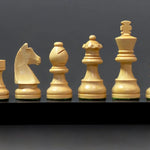
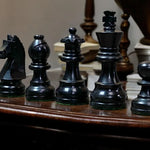
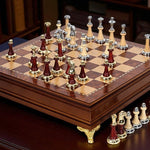
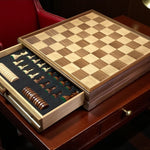
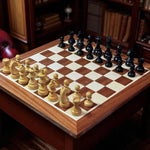
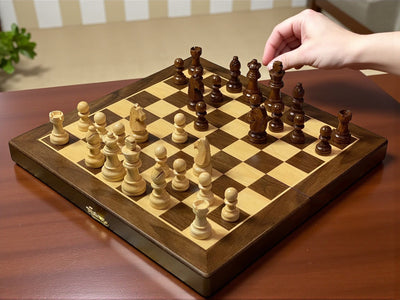
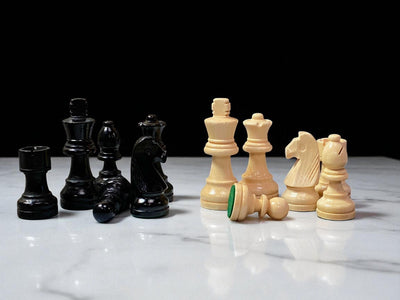
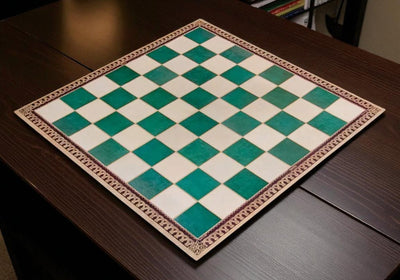
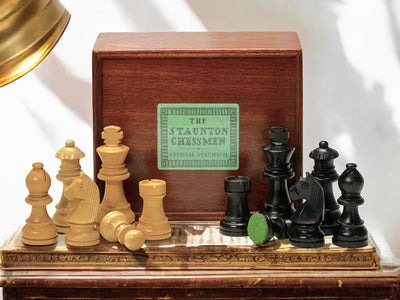
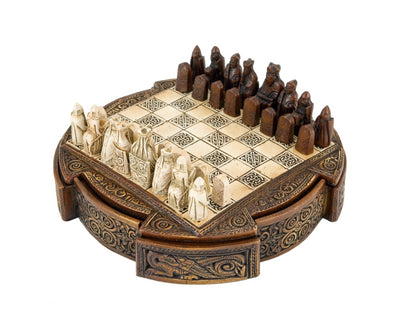
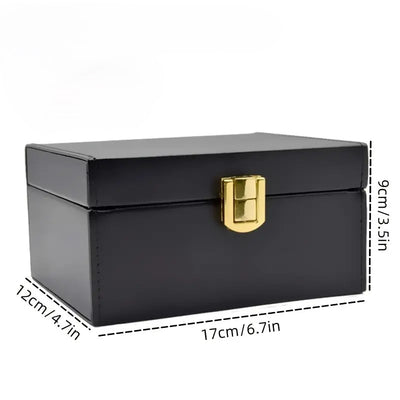
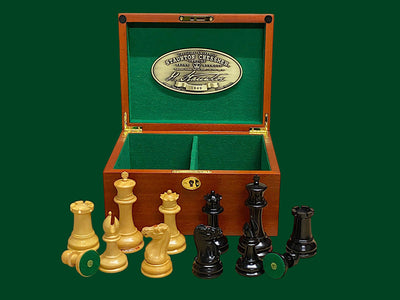
Leave a comment